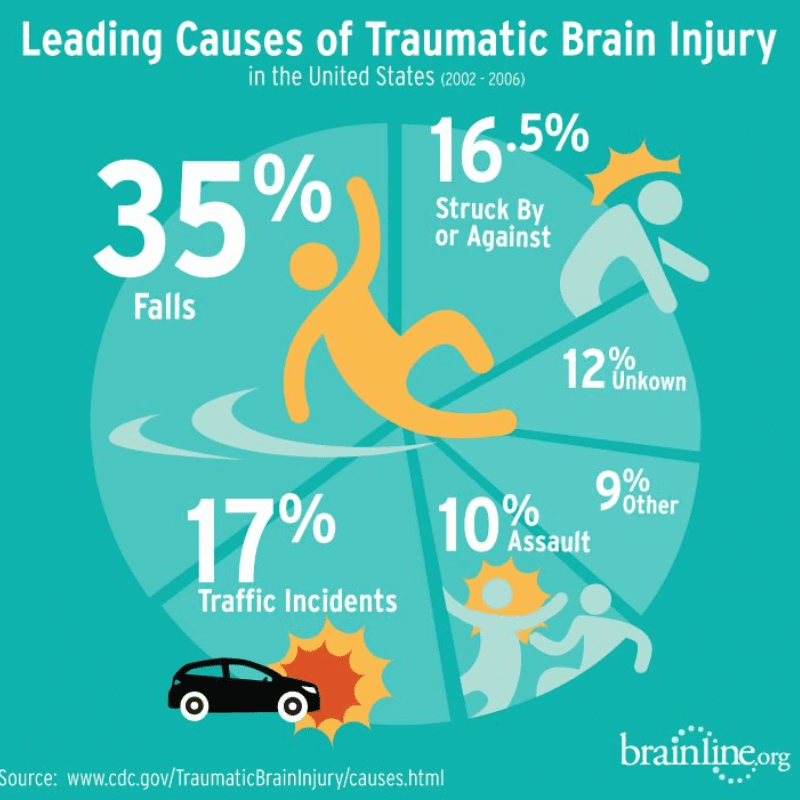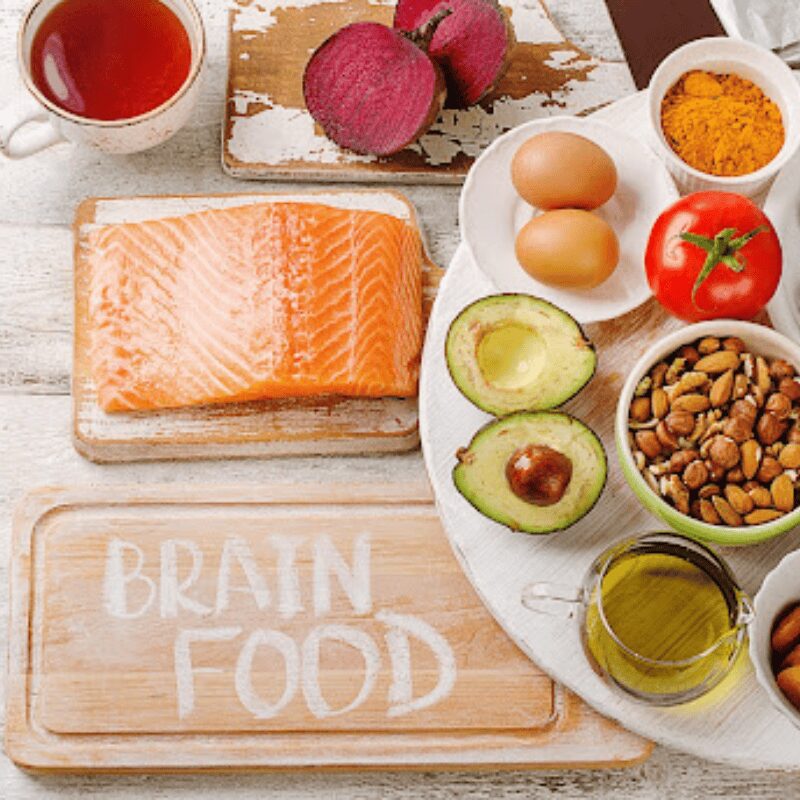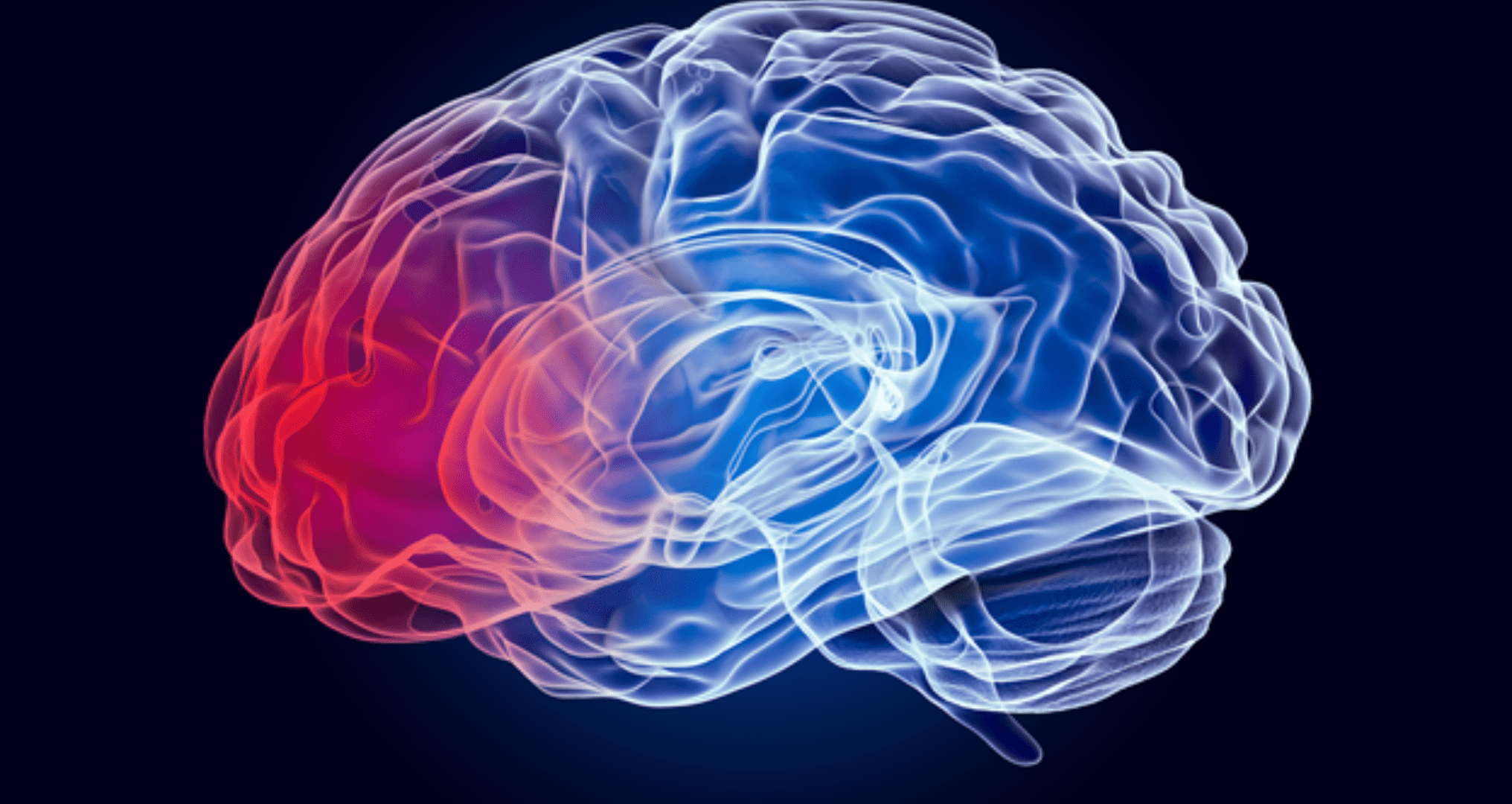Brain injuries are more common than you probably think. In fact, in 2021 the National Institute for Health called brain injuries a silent epidemic.
According to the Brain Injury Association of America, at least 2.8 million Americans sustain a traumatic brain injury (TBI) every year. And there are more than 5.3 million people in the U.S. living with a permanent brain injury-related disability. TBI is a major cause of death and disability in the U.S. and contributes to about 30 percent of all injury deaths. In other words, 153 people in the United States die from injuries that include a TBI every day.
In your lifetime, chances are that you will be personally touched by a brain injury. If it’s not you, it will be someone you care about.
Brain injuries are classified depending on how they originate. An acquired brain injury (ABI) includes any brain injury acquired after birth. A traumatic brain injury (TBI) is one type of ABI that involves an insult to the brain by an external force. An ABI can also result from a number of conditions not considered external, such as tumors, toxins, degenerative diseases, strokes, or oxygen deprivation.
Types of Brain Injuries
Traumatic Brain Injury
A TBI is usually accompanied by an initial medical crisis, like a blow to the head, violent shaking of the skull, extreme force from a whiplash-type injury, or a violent wound. A TBI can be as obvious as a head injury sustained in a car accident or be as unremarkable as bumping your head on a table.
The severity of a TBI can range from mild, involving a brief change in mental state or consciousness, to severe, which may include an extended period of unconsciousness, significant memory loss, or prolonged cognitive impairment. A TBI is unlike any other bodily injury because when the immediate medical emergency is resolved, a brain injury is far from over. It’s just beginning.
Unlike a broken leg or heart blockage which involves one specific part of your body, a brain injury affects multiple body systems and can alter your personality, intelligence, and mental abilities as well as your physical capabilities and senses. Your brain is literally involved in every single thing your body does. How you feel, think, and move, what you see and hear, literally, everything originates in or is processed and assigned meaning by that three-pound mass in your head.
When a TBI happens, a person’s life can be abruptly and forever changed in an instant. No two brain injuries are alike and no two paths to recovery are the same. Having sustained a traumatic brain injury can increase a person’s risk for Alzheimer’s, Parkinson’s, epilepsy, and psychiatric brain disorders.
A Concussion Is A Brain Injury
A concussion is a mild traumatic brain injury (mTBI). Some mTBIs thankfully are minor requiring little recovery time. However, for some people, there is nothing mild about it. Concussion recovery times can vary greatly. Approximately 80 percent of concussions resolve over 7 to 14 days, with 10 days being the average. Unfortunately, some people may endure long-term memory, cognition, and mental processing challenges.
Most people are surprised to learn that it doesn’t take much to get a concussion, and you don’t have to lose consciousness. As a matter of fact, you don’t even have to hit your head. Any impact that gives the brain inside your skull a strong shake, such as a blow to the chest, can cause a concussion
Leading Causes of Brain Injury
The primary causes of brain injuries vary with age. For example, falls are the leading cause of brain injury among the elderly, and being struck by an object is most prevalent in the 15-24 age group. The age groups at the highest risk of traumatic brain injury are toddlers between the ages of 0 and 4 and teens from 15-19. For military personnel, blasts are the leading cause of TBI, and certain military duties — such as paratrooper — increase the risk of sustaining a TBI.

We all know that helmets crashing in a football game can cause a brain injury, but surprisingly many sports can also. While sports injuries rarely result in fatalities, traumatic brain injury is the leading cause of death from a sports-related injury. In 2018, sports and recreational activities contributing to the highest number of head injuries treated in U.S. hospital emergency rooms were:
- Cycling: 64,411
- Football: 51,892
- Playground Equipment: 38,915
- Basketball: 38,898
- Exercise & Equipment: 37,045
- Powered Recreational Vehicles (ATVs, Go-Carts, Mini bikes): 30,222
- Soccer: 26,955
- Baseball and Softball: 24,516
- Rugby/Lacrosse: 10,901
- Skateboards: 10,573
- Trampolines: 8,956
- Hockey: 7,668
- Skating: 7,143
- Golf: 6,357
- Horseback Riding: 6,141
Symptoms of a Brain Injury
You would think that if you had a brain injury you would know it, right?
Maybe not.
You may not realize the physical or mental challenges you’ve been experiencing stem from your brain. Symptoms of a brain injury can show up immediately, or may not be present for days, weeks, or even longer. The effects of a brain injury vary for each person and can include:
- headaches
- excessive sleepiness
- sleep problems
- seizures
- difficulty speaking
- trouble walking
- depression
- vomiting
- extremity weakness or numbness
- changes in behavior
- emotional dysregulation
- confusion
- anxiety
- irritability
- post-traumatic stress disorder (PTSD)
- dizziness or vertigo
- vision problems
- difficulty concentrating
- dilated pupils
How to Heal the Brain After Injury
Your brain is constantly reorganizing itself, both physically and functionally, throughout your life due to your environment, behavior, thinking, and emotions. This capability of your brain is called neuroplasticity. Science used to believe that the brain only radically changed during growth periods in childhood. While it is true that your brain is much more plastic in youth and capacity declines with age, neuroplasticity happens all throughout your life. Some people with severe damage to the brain are able to recover full functionality. We now know that this is because of neuroplasticity.
How to Support Brain Healing
Many variables affect recovery outcomes, and every brain and brain injury is different. While each brain injury is unique, the conditions to support and encourage a brain in healing are not. Supporting your brain with brain-healthy lifestyle habits can encourage neuroplasticity and aid in brain injury recovery. Brain-healthy habits for promoting healing are below:

Sleep is absolutely essential after injury.
Other than oxygen, sleep is the number one most important essential to a healthy brain. Lack of sleep slows thinking, impairs memory, concentration, judgment, and decision-making, impedes learning, and contributes to depression in a non-injured brain. One Swedish study saw changes in men’s brains similar to shrinkage and damage seen in a brain injury missing sleep for just one night.
You will need lots of extra sleep while your brain is healing. Unfortunately, sleep problems are common following a brain injury. Your brain might be having a hard time making the neurochemicals that help you fall and stay asleep or its electrical brainwave rhythms may be disrupted. A brain injury can also affect control of breathing, dreaming, or leg movements or may be accompanied by other physical injuries that cause pain and interfere with sleep.
Naps are necessary to deal with debilitating mental fatigue following a brain injury. An injured brain needs lots of downtime — even during the day. Too much stimulation, stress, and interaction can exhaust a compromised brain. Remember, a brain is working when it is processing information of any kind just being awake. Taxing stimulation can include sights, sounds, and any commotion. You don’t want to overwork an injured brain by giving it too much to deal with at once.
You will want to save your mental energy for healing.
Exercise is fertilizer for your brain.
Research shows that physical exercise improves memory and thinking skills, mood and creativity, and learning while reducing depression, age-related decline, and the risk of dementia and Alzheimer’s. So much evidence is accumulating that physical exercise is the miracle potion for getting and keeping your brain healthy at any age — and is especially helpful after an injury.
Moving your body increases the blood flow to your brain which elevates oxygen levels and triggers bio¬chem¬i¬cal changes protecting new neu¬rons by bathing them in nerve growth fac¬tor (BDNF). Think of it like fertilizer for your brain. Exercise encourages neuroplasticity, and your brain grows and recovers by forming new brain cells, neural pathways, and synaptic con¬nec¬tions.
Feed your brain the nutrients it needs to heal.
What you put in your mouth has everything to do with what goes on in your head, and your diet is even more important when your brain is injured. It needs the right nutrients to do all that growing and healing.

The human brain is around 70 percent fat. To function optimally, your brain needs to maintain around this level of fat. I’m not talking about the saturated and trans fats found in many processed foods today. Your brain needs essential fatty acids (EFAs) to function properly and heal. The article, The Influence of Diet and Physical Activity on Brain Repair and Neurosurgical Outcome, states:
“A number of studies point to the healthy effects of dietary factors on the brain. For example, fish-derived omega-3 fatty acids have been shown to improve cognition, plasticity, and recovery of neurons after traumatic brain injury.”
You can find many personal accounts and some scientific evidence to support that high levels of omega-3 fatty acids can facilitate the healing of brain damage.
An intelligent diet full of good-for-you brain food would include lots of protein, complex carbohydrates, leafy greens, vegetables, fruits, and good fats. Michelle Munt, brain injury survivor, and blogger, lists foods that support brain healing in her article, 10 foods for riding the obligatory brain injury roller-coaster:
- Turmeric – It has been identified as having the ability to stimulate new brain cell generation in some cases. Also, it may lessen the development of plaque in the brain, the common cause of Alzheimer’s.
- Cashews – Full of nutritional yeast, it helps top up your vitamins B6 and B12. Both of these are linked to memory and overall brain health. Vitamin B is also important for fighting depression so might ease my grumpiness.
- Eggs – A particular type of vitamin B called Choline can be found in eggs. It’s important for cell membranes, especially brain cells.
- Dark chocolate – Those with high cocoa content are loaded with antioxidants. These can help boost your memory and overall cognitive skills.
- Celery – Anyone who struggles to park the car should be eating it as it contains antioxidants that aid spatial awareness. It also reduces inflammation and improves memory and the ability to learn.
- Rosemary – Another one for spatial awareness. (If parking the car is still stressing you out, it will help lower stress too.)
- Spinach – It can protect against free radicals and inflammation. (I admit I don’t really understand what free radicals are, but I know they’re not good.) Often those who struggle cognitively are deficient in an antioxidant called Lutein. It helps with learning and memory. You guessed it, spinach is packed with it. Pop-eye might eat it for muscles, but it also helps him remember what he’s doing and learn from his adventures.
- Salmon – Packed with omega-3 which I think we all know is good for the brain.
- Avocado – Full of mono-saturated fats, it aids the absorption of other nutrients. But also it is a great source of vitamin E which is important for cognitive function.
- Yogurt – We are coming around to the idea that the gut and brain have more effect on each other than we previously recognized. So as yogurt has probiotics to support your gut, it can support your mental health.
Train your brain.
No two brain injuries are alike and no two paths to recovery are going to be the same. However, neurofeedback training can treat every brain injury and bring about improvements in symptoms and help the brain repair itself.
Neurofeedback is a non-invasive, painless, permanent, and relatively fast method of training the brain to perform optimally. Research has shown neurofeedback to be effective in improving symptoms of brain injury and concussion as well as a wide range of mental, emotional, and physical health conditions, including anxiety, depression, bipolar disorder, ADD/ADHD, autism, stroke, PTSD, trauma, chronic pain, addictions, epilepsy, and seizures, learning disabilities, behavioral and emotional disorders, insomnia, gut issues, chronic pain, Alzheimer’s, and dementia, and more.
Neurofeedback can pinpoint under-functioning or dysregulated areas of the brain or abnormal communication between regions and treat those issues specifically for symptom relief even years after an injury occurred. A review of 22 studies of neurofeedback treatment with TBI concluded that:
“All studies demonstrated positive findings, in that neurofeedback led to improvement in measures of impairment, whether subjective, objective, or both.”
In a neurofeedback session, qEEG sensors are attached to your scalp which record brainwaves and send the information to a computer in real-time. The computer teaches your brain to meet preset measures for optimal functioning via positive reinforcement. The positive reward can come in multiple forms, like listening to music, playing a video game, watching a movie, or something else.
All learning occurs at a subconscious level. You don’t consciously have to “do” anything. With consistent repetition, the brain learns to self-regulate and makes permanent physiological changes to perform more optimally and will continue to make the adjustments after the training. Because it’s a learning process, the results of neurofeedback occur gradually over time.
Neurofeedback is a superior treatment because it doesn’t just treat the symptoms of a brain injury. It addresses and permanently changes what is causing the symptoms or problems at the source in your brain. Your brain learns how to function differently in a way that relieves your symptoms or behaviors. Neurofeedback is non-invasive, painless, and doesn’t have any frequent negative side effects.
Conclusion
A brain injury can be as simple as a bump to the head or as severe as a skull-penetrating injury. The magnitude of the event causing the injury is not always indicative of the after effects of the injury. A concussion was originally considered to be a benign occurrence, but we now know it is a brain injury that can cause serious, lasting impairments. All brain injuries should be taken seriously.
When you understand how to support your brain and encourage neuroplasticity, you can promote better healing. We can help!
At Grey Matters of Carmel, we know how to optimize your brain. Our brain training specialists will map your brain to pinpoint the specific parts of your brain not functioning properly and will train those areas to alleviate your symptoms. We also prioritize helping our clients understand how they can continue to support and encourage their brains’ healing in their everyday lives. To find out more about how we can help you, contact us today.


